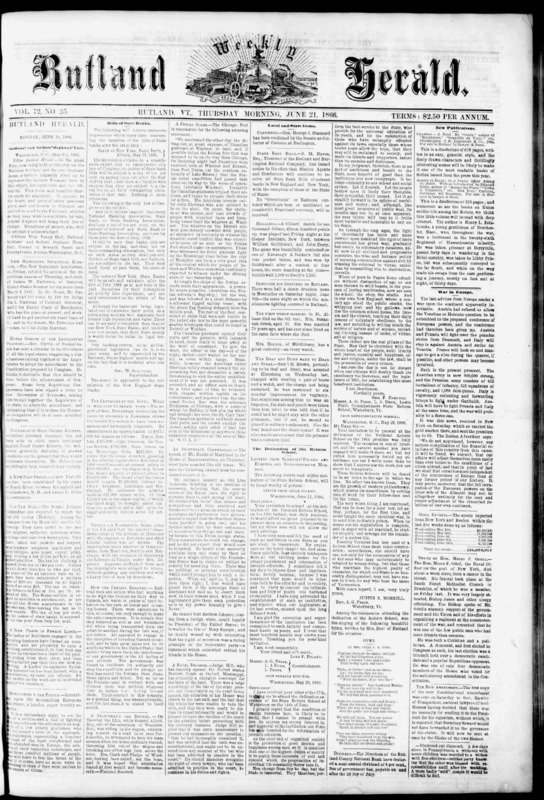How the Sheldon Came to Be, and the Wonderful Little Town that Houses It
Forks, fungus, broken mirrors... Was Sheldon just a “junk-collector” as one modern source proclaims? (Vermonter)? To understand the strange museum we can rewind a few hundred years.
Ole Worm’s 17th century museum in Denmark was precursor and model to the Sheldon. It came to be after the Age of Exploration swamped Europe with an endless flow of discoveries. Previously, the extent of all things known had been neatly documented in the volumes Natural History compiled back in 1st century by Pliny the Elder, and had been referenced without much change 15 centuries later (Principe 108). When new treasures were discovered, they needed a place. It was imperative that a “Cabinet of Curiosities” started this daunting task of collecting.
And how did this strange concept of museum reach Middlebury, Vermont a couple of centuries later? Instead of the Age of Exploration, late 19th century New England was hit by the Industrial Revolution. Middlebury was flooded with ideas, skills, knowledge and wealth, and, of course, the tangible objects that Sheldon recognized to represent this phenomenon. Though referred to as “our quiet village” (The Middlebury register) in an 1855 editorial, mid 19th century Middlebury was bustling by sleepy Vermont standards. The college was well established, a new public school had just opened and the Middlebury Register was full of opinions, ads and exposes. Again, like Ole Worm felt earlier, there was a need and urge to rapidly document the interesting happenings of the time.
At the same time the town was being connected to the web of global trade and ideas also had a iconic smallness to it. An 1866 Rutland Herald front page announcement is a good example of this. Under “Local and State Items” it is announced that “Mrs. Holton, of Middlebury, has a great curiosity-- an ivory watch” (Rutland weekly herald, 21 June 1866). With a newly well established newspaper system, citizens were able to spread these small anecdotes. “Curios” and surprising connections were always interesting to people, and now this was everywhere. The excitable nature of humans around oddities is yet another reason why the museum came to be.
